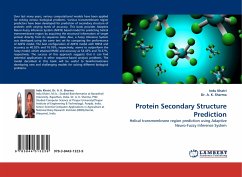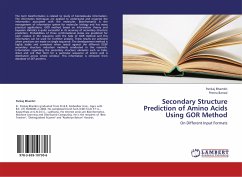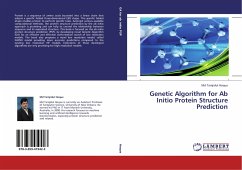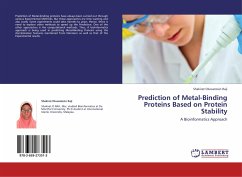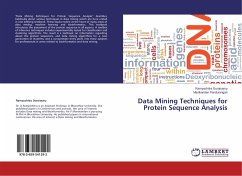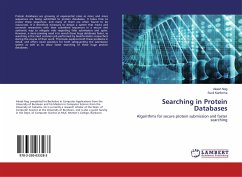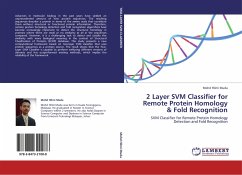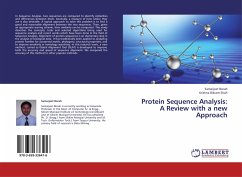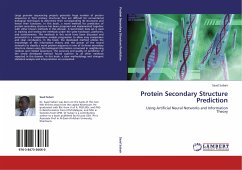
Protein Secondary Structure Prediction
Using Artificial Neural Networks and Information Theory
Versandkostenfrei!
Versandfertig in 6-10 Tagen
52,99 €
inkl. MwSt.

PAYBACK Punkte
26 °P sammeln!
Large genome sequencing projects generate huge number of protein sequences in their primary structures that are difficult for conventional biological techniques to determine their corresponding 3D structures and hence their functions. In this book, a novel method for prediction of protein secondary structure has been proposed and implemented together with other known methods in this domain. A benchmark data set is used in training and testing the methods under the same hardware, platforms, and environments. The methods in this work have been discussed and presented in a comparative analysis pr...
Large genome sequencing projects generate huge number of protein sequences in their primary structures that are difficult for conventional biological techniques to determine their corresponding 3D structures and hence their functions. In this book, a novel method for prediction of protein secondary structure has been proposed and implemented together with other known methods in this domain. A benchmark data set is used in training and testing the methods under the same hardware, platforms, and environments. The methods in this work have been discussed and presented in a comparative analysis progression to allow easy comparison and clear conclusions. In this book, the developed method utilizes the knowledge of the information theory and the power of the neural networks to classify a novel protein sequence in one of its three secondary structure classes using the biological information conserved in neighboring residues and related sequences. The accuracy and quality of prediction of the newly developed method found superior to all other methods reported in this domain. In this book, a clear methodology and stringent statistical analysis and interpretation are presented.



